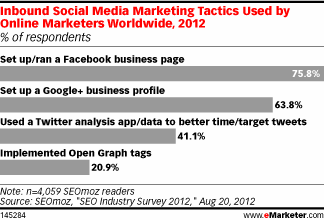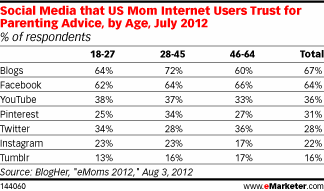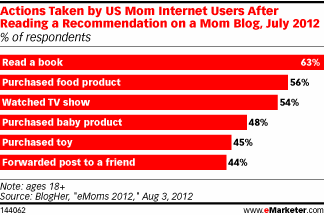Many doctors turn to social media to to stay on top of the information they need to know to provide quality care.
A recent study (Sept. 24) published in the Journal of Medical Internet Research shows that
- 85% of oncologists and primary care physicians use social media at least once a week or once a day to scan or explore health information.
- 60% said social media improves the care they deliver.
- 25% of doctors use social media daily to scan or explore new medical information.
- 24.1% said they use social media daily to scan or explore new medical information
- 14.2% contribute information daily
- 61% scanned and explored and 46% contributed information weekly
- 58% perceive social media to be beneficial and a good way to get current, high-quality information
Unlike other studies on physician use of social media that tend to lump professional and personal use together, lead author Brian McGowan, PhD, an education technology consultant, and fellow researchers narrowed the focus to how social media can be used for professional development and lifelong learning.
Many doctors prefer closed communities to open social media platforms but according to Bryan Vartabedian, MD, a pediatric gastroenterologist at Baylor College of Medicine in Houston, physicians who limit themselves to closed networks are missing some of social media’s benefits.
“Democratizing media has completely opened my eyes to the experience of the patient,” said Dr. Vartabedian, a co-author of the study. He said his social media connections with patient advocacy groups have given him “a huge appreciation for how they think.”
McGowan said the attention to the dangers of social media and the widespread circulation of a few horror stories have prevented many from embracing it.
- 20% of physicians think using social media sites is a bad idea
- 30% think it’s great
- 50% are undecided and could move toward social media if more studies highlight its positive side




 My view is that social media customer service is a complete failure due to a number of factors. For example you have companies out there that are focusing on people with the high Klout score. I don’t think that works so well. Look at that concept through the lens of some of the famous instances over the years. I worked for a cable company and at one point there was a video of a technician sleeping. The person who put that video up had posted two videos, ever. Let’s face it, it was just good content. It was just something we enjoyed watching — so we watched it over and over again. I am not a fan of influencer-based marketing, or providing priority service based on someone’s Klout score.
My view is that social media customer service is a complete failure due to a number of factors. For example you have companies out there that are focusing on people with the high Klout score. I don’t think that works so well. Look at that concept through the lens of some of the famous instances over the years. I worked for a cable company and at one point there was a video of a technician sleeping. The person who put that video up had posted two videos, ever. Let’s face it, it was just good content. It was just something we enjoyed watching — so we watched it over and over again. I am not a fan of influencer-based marketing, or providing priority service based on someone’s Klout score.








